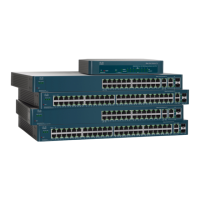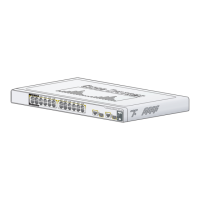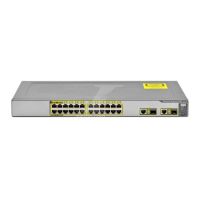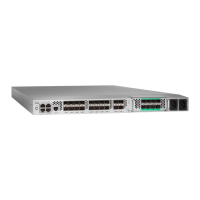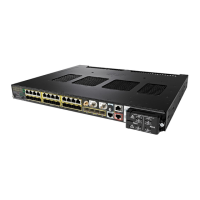Administration: Time Settings
Configuring System Time
Cisco 500 Series Stackable Managed Switch Administration Guide 128
7
• IPv4 Source Interface—Select the IPv4 interface whose IPv4 address will
be used as the source IPv4 address in messages used for communication
with the SNTP server.
• IPv6 Source Interface—Select the IPv6 interface whose IPv6 address will
be used as the source IPv6 address in messages used for communication
with the SNTP server.
NOTE If the Auto option is selected, the system takes the source IP address
from the IP address defined on the outgoing interface.
This page displays the following information for each Unicast SNTP server:
• SNTP Server—SNTP server IP address. The preferred server, or hostname,
is chosen according to its stratum level.
• Poll Interval—Displays whether polling is enabled or disabled.
• Authentication Key ID—Key Identification used to communicate between
the SNTP server and device.
• Stratum Level—Distance from the reference clock expressed as a
numerical value. An SNTP server cannot be the primary server (stratum
level1) unless polling interval is enabled.
• Status—SNTP server status. The possible values are:
- Up—SNTP server is currently operating normally.
- Down—SNTP server is currently not available.
- Unknown—SNTP server is currently being searched for by the device.
-
In Process
—Occurs when the SNTP server does not fully trust its own
time server (i.e. when first booting up the SNTP server).
• Last Response—Last date and time a response was received from this
SNTP server.
• Offset—Estimated offset of the server's clock relative to the local clock, in
milliseconds. The host determines the value of this offset using the algorithm
described in RFC 2030.
• Delay—Estimated round-trip delay of the server's clock relative to the local
clock over the network path between them, in milliseconds. The host
determines the value of this delay using the algorithm described in RFC
2030.
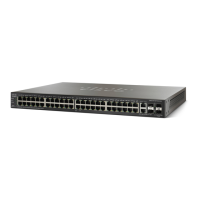
